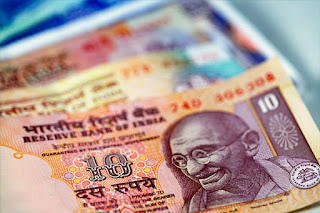 The idea that India is a poor country is a relatively recent one. Historically, South Asia was always famous as the richest region of the globe. Ever since the great Greek conqueror Alexander penetrated the Hindu Kush in 329 B.C., Europeans fantasized about the wealth of these lands where precious jewels were said to lie scattered on the ground like dust.
The idea that India is a poor country is a relatively recent one. Historically, South Asia was always famous as the richest region of the globe. Ever since the great Greek conqueror Alexander penetrated the Hindu Kush in 329 B.C., Europeans fantasized about the wealth of these lands where precious jewels were said to lie scattered on the ground like dust.
During the 17th century, the Indian Mughal emperors were rivalled only by their Ming counterparts in China. For their contemporaries in distant Europe, they were potent symbols of power and wealth. By the 17th century, Lahore had grown even larger and richer than Constantinople and, with its two million inhabitants, was much bigger than either London or Paris.
What changed was the advent of European colonialism. Following Vasco da Gama's discovery of the sea route to the East in 1498, European colonial traders to India — first the Portuguese, then the Dutch and finally the British — slowly destroyed the old trading network and imposed a Western imperial system of economics. It was only at the very end of the 18th century that Europe had for the first time in history a favourable balance of trade withAsia. The era of Indian economic decline had begun. By 1870, at the peak of the British dominion, India had been reduced for the first time to a Third World nation, a symbol across the globe of famine, poverty and deprivation.
Then, what is happening today with the rise of India and China is not some miraculous novelty — as it is usually depicted in the Western press — so much as a return to the traditional pattern of global trade in the medieval and ancient world.

No hay comentarios:
Publicar un comentario